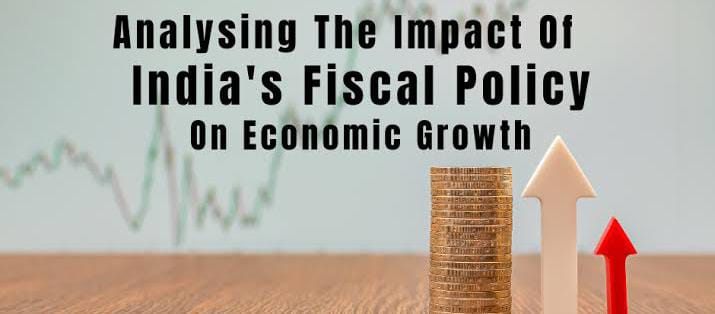 Image Source: Physics Wallah
Image Source: Physics Wallah
India is turning to fiscal policy to keep its economic growth on track, especially as monetary policy takes a back seat for now. The government is focusing on tax changes, smarter spending, and making it cheaper for itself to borrow money. Here’s how these moves are playing out and what they could mean for the country.
Key Points:
The government is working on GST rate adjustments and new income tax slabs. There’s also a plan to gradually reduce the number of tax brackets, all with the goal of putting more money in people’s hands and encouraging them to spend.
The latest Union Budget offers a full tax rebate for anyone earning up to Rs 12 lakh a year. This is expected to help the middle class and boost household savings and spending.
GST collections have been strong, topping ₹2 lakh crore for two months in a row. This gives the government more flexibility and reduces pressure to borrow.
The fiscal deficit target for 2025-26 is 4.4% of GDP, a slight improvement from last year. This shows the government is trying to balance growth with financial discipline.
Borrowing costs for the government are coming down, with average yields on government debt at 7% this year and possibly dropping further next year. That means more money can go toward development projects.
Tax cuts and simpler rules are expected to lift GDP growth by about 0.6% to 0.7% this year.
The budget also puts a spotlight on agriculture, small businesses, investment, and exports. Programs like the Kisan Credit Card and more credit for MSMEs are meant to create jobs and keep the growth story going.
Source: The Hindu Business Line
Advertisement
Advertisement





